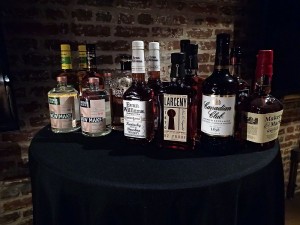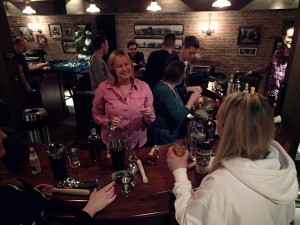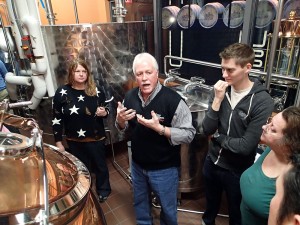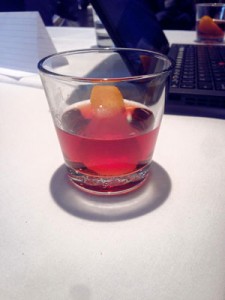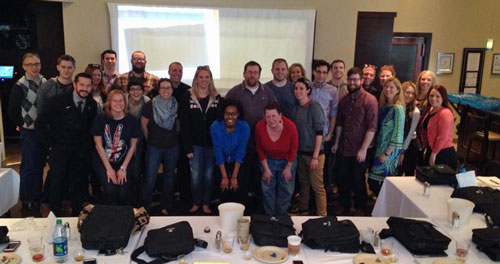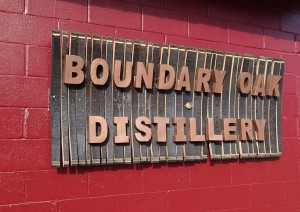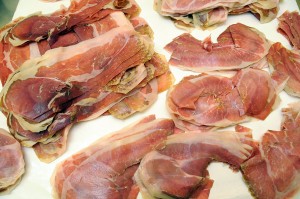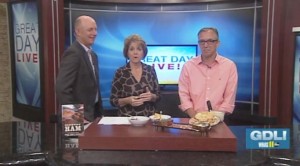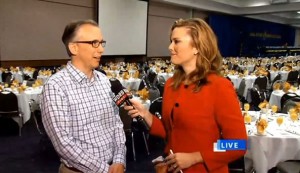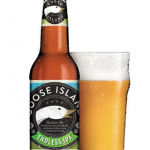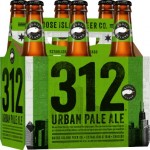This question was inevitable in a spirits service class in the Bluegrass: “Every bartender in Kentucky should know at least three drinks. What are they?” asked Gary Gruver, our instructor.
The group replied Manhattan, Old Fashioned and Mint Julep.
Gruver acknowledged those answers correct, but added that too many bartenders screw up all three routinely, even here in Bourbon Land.
Here’s how Gruver, champion of many a cocktail contest, said two of three are supposed to be done:
Old-Fashioned: In to a cocktail tumbler place one cherry of your choice; add a fresh orange peel—not the fruit—and express its oils into the glass; add 2-3 dashes of bitters; a ½ ounce of your choice of syrup (a Demerara simple syrup made of half water, half sugar is swell); muddle with just a few firm strokes. Fill about halfway with ice and add 2 ounces of 90 proof or higher bourbon and stir until chilled, about 10-15 seconds.
Manhattan: To a mixing glass add ice, 2 ounces of 90-proof or higher bourbon, 1 ounce of sweet vermouth and 2 dashes of bitters. Stir—“Never shake a Manhattan because it makes the drink cloudy,” Gruver said—until well chilled, about 20 seconds. Strain into a chilled up glass or tumbler and garnish with a cherry.
* Should you want a perfect Manhattan, use a half ounce each of dry and sweet vermouths.
Gruver then told the half the class to get behind the basement bar at the Evan Williams Experience and get at it. (How cool is school when you get full access to multiple types of bourbon, bitters, syrups and vermouths? It gets even better when you get to try your drinks and those of your classmates. And FWIW, I made a perfect Manhattan, but wasn’t thrilled.)
The other half was sent upstairs to meet Charlie Downs, the artisan distiller at Evan Williams. In his 38 years working for Heaven Hill (which makes Evan Williams), he used to supervise the manufacturing of 1,000 barrels of whiskey a day at the company’s Bernheim Distillery. Now he makes just one barrel a day, batches of whiskey that will be bottled as unique products tied directly to the Evan Williams Experience.
Downs led the class into the still room, a tight space packed with gleaming copper and stainless pipes, columns and boilers made by Vendome of Louisville. The machines are works of art, and the micro-distillery is kept as clean as an operating room.
“It takes four people to make 1,000 barrels a day where I used to work, and it takes three people to make one barrel a day here,” Downs said. His point: whiskey making is very labor-intensive and managing scale comes down to machine power. “And I can tell you for sure that making one barrel a day, giving tours and seeing people like you is a lot more fun.”
Bernie Lubbers, also known as The Whiskey Professor, then gave a presentation about the history of bourbon while leading us through an extensive whiskey tasting.
Amid a rich bourbon history lesson, Lubbers told a story about a man who told him he owned the deed on Corn Island, a now-submerged piece of land near Louisville’s locks and dam on the Ohio River.
“I was thinking to myself, ‘What an idiot. I know were Corn Island is—14 feet below the water in the Ohio. And he’s telling people he owns the deed to it.’”
But when the man reminded Lubbers of Corn Island’s history as a profoundly significant and historic site in the history of bourbon, “I started thinking, ‘I want to own Corn Island. I’m the idiot!’ How cool is that: to be able to say you own Corn Island.”
The whiskey tasting included several familiar Heaven Hill products, but one I’d never tasted was the humble Mellow Corn, a 100-proof sipper. I don’t ever recall anyone speaking well of corn whiskey, so I didn’t expect much from it when we tasted it. Yet it was delicious: solid bodied, lightly sweet with plenty of peppery kick and cinnamon pep and some good wood notes. (A few days later I paid $11.76 cents for it at Commonwealth Tap.)
Lubbers’ presentation then turned toward the significance of Bottled in Bond (BIB) bourbons and why they’re special despite their surprisingly low prices. By definition, BIB liquor must be the product of one distillation season (January to December) made by one distilling company and at one distillery site. It must be aged in a federally bonded warehouse under U.S. government supervision for at least four years and bottled at 100 proof. That product’s label also must identify its distillery of origin and, if different, the site at which it was bottled.
Significantly, only spirits produced in the United States may be designated as bonded. (For really good reading on the history of the Bottled in Bond Act, click here. Great reading that will add to your appreciation of our nation’s liquor standards.)
Perhaps more significant was Lubber’s point that BIB bourbons are hard to find outside of Kentucky.
“Every bar represented here should have as many Bottled In Bond bourbons as possible,” he said. “Why? Because when someone from out of town comes to your place and asks for a bourbon they’ve never had, something unique, that’s what you can show them. … These bourbons are a bargain, and at 100 proof, they’re excellent in cocktails.”
And so, being a good student, I went home and bought two BIB bourbons, Heaven Hill Old Style Bourbon (six years old) for $9.99 and J.W. Dant Genuine Sour Mash Kentucky Straight Bourbon Whiskey (no age statement) for $16.99. (Both were used in Old Fashioned later in the week, and FWIW, I liked the Heaven Hill the best.)
